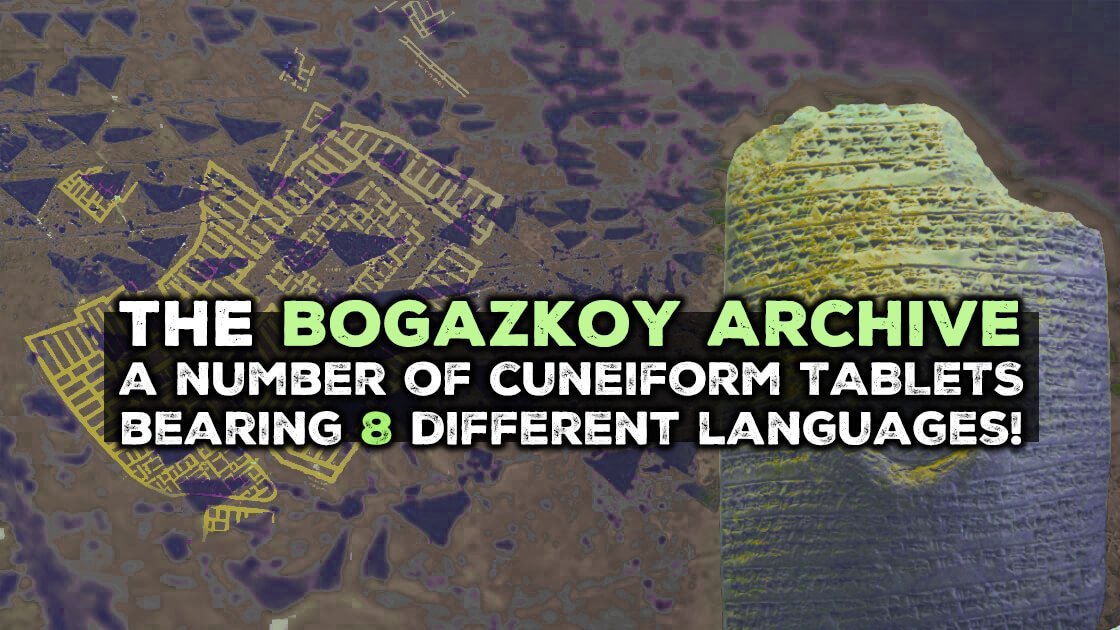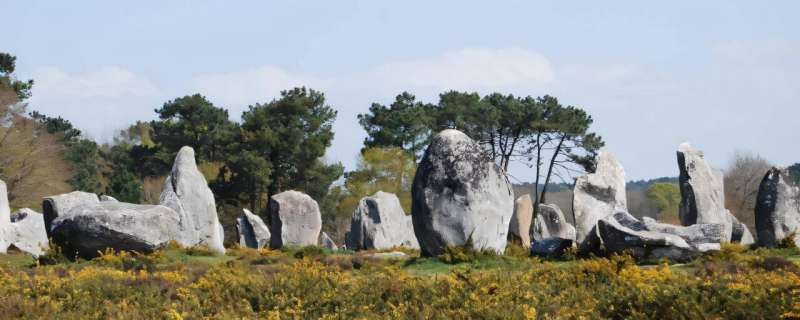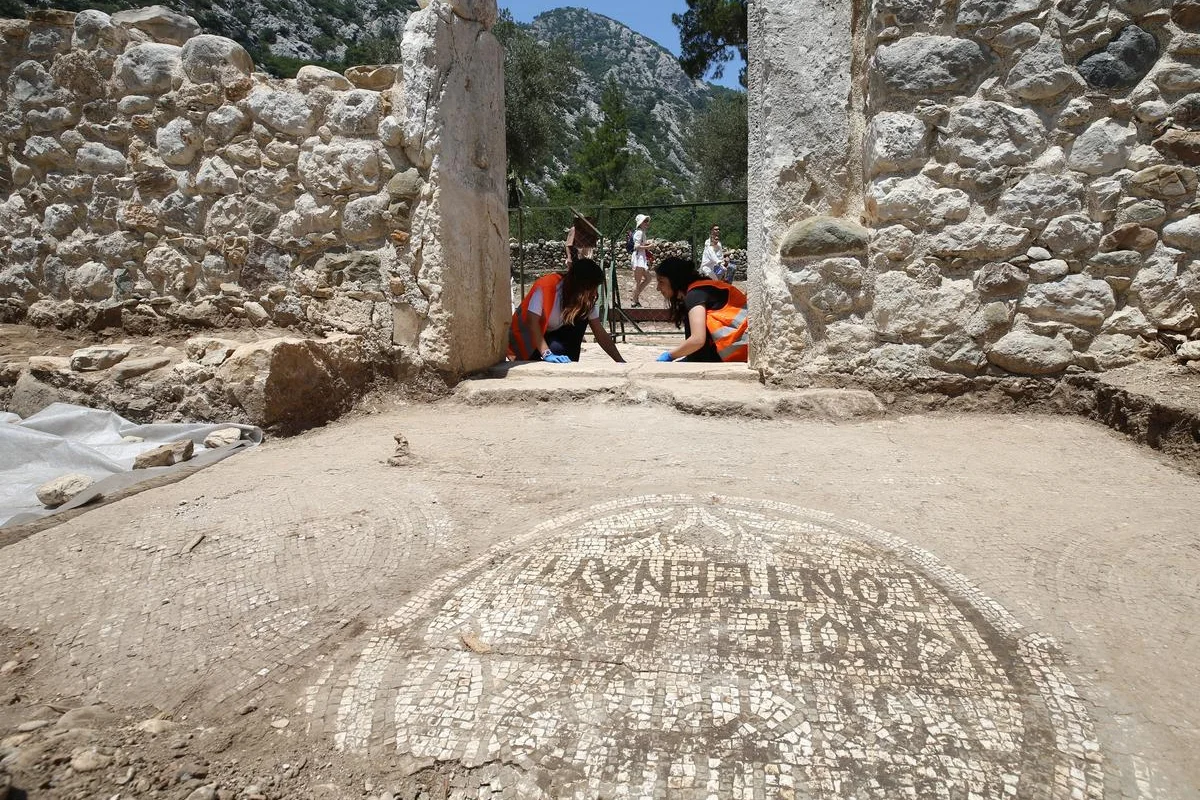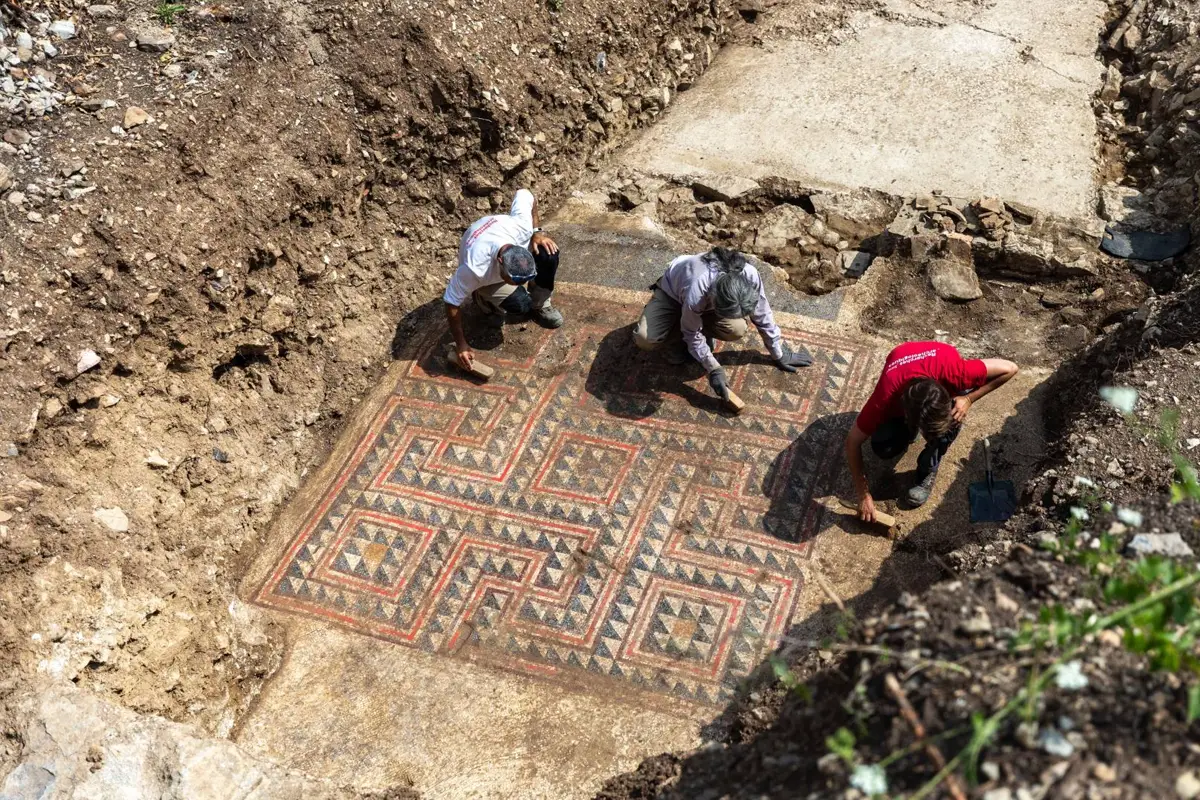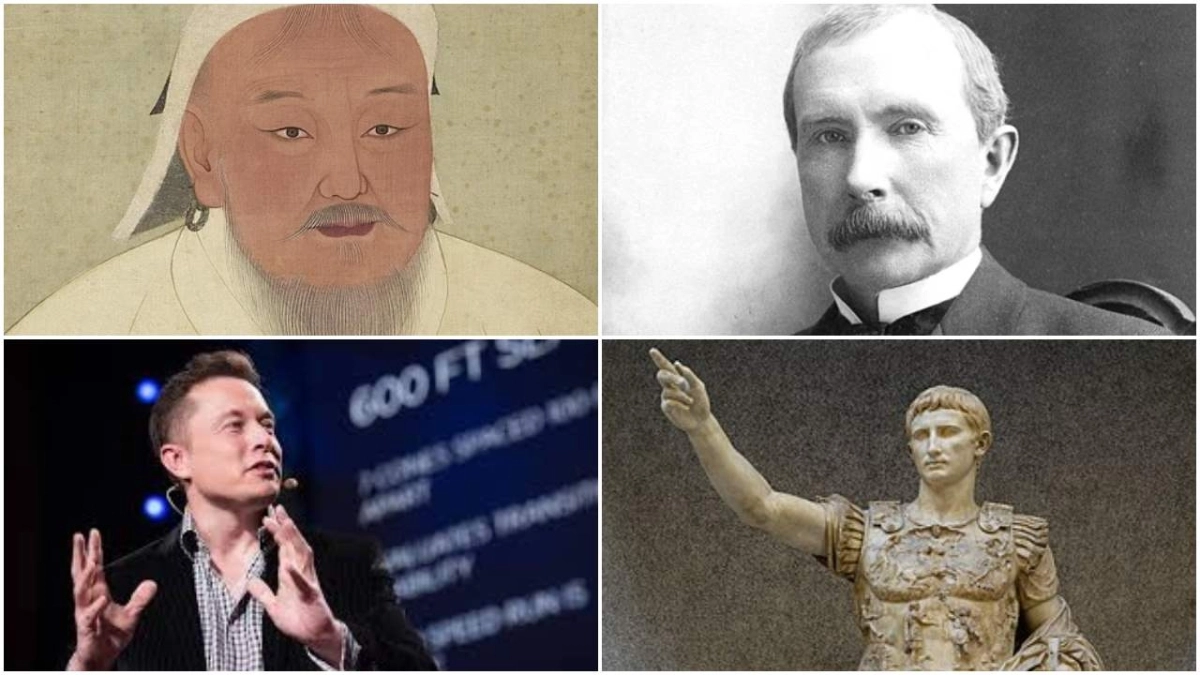The Rediscovery of Kalasma: A Glimpse into Anatolia's Multilingual Past
The ancient land of Anatolia, a crossroads of cultures and languages in the ancient world, has once again yielded a remarkable discovery. In 2023, during excavations in Hattuša, the capital of the once-mighty Hittite Empire, archaeologists uncovered a trove of cuneiform tablets that revealed a long-lost language: Kalašma. This discovery, located in the region that is today’s Boğazkale in Turkey, has opened a new chapter in our understanding of the linguistic and cultural diversity that flourished in Anatolia over three millennia ago.
Discovery and Decipherment
The discovery of the Kalašma language is centered around 174 cuneiform tablets found at the excavation site at the foot of Ambarlıkaya in Boğazköy-Hattusha. These tablets, dating back to the Late Bronze Age, were inscribed with a language that was previously unknown to scholars. The language has been identified as part of the Anatolian branch of the Indo-European language family, a group that also includes Hittite, Luwian, and Palaic.
The decipherment of the Kalašma language was a collaborative effort involving several scholars. Professor Daniel Schwemer from the Department of Near Eastern Languages at the University of Würzburg played a key role in the initial transliteration of the texts from cuneiform to the Latin alphabet. His work was further analyzed by linguistics experts, including Professor Elisabet Rieken and Associate Professor Ilya Yakubovitich from the University of Marburg. Their combined efforts have allowed us to begin to understand the language and its significance.
The People of Kalašma
According to the findings, the Kalašma people inhabited a region near what is now the Gerede district of Bolu province in modern-day Turkey. The language of Kalašma, though similar to Luwian, which was spoken in southern Anatolia, represents a unique cultural and linguistic entity within the broader Hittite Empire. The Hittites, known for their vast empire that spanned much of Anatolia and the Eastern Mediterranean, were highly interested in recording rituals and religious practices in the native languages of the regions they controlled. This practice not only reflects the Hittites' respect for local traditions but also their pragmatic approach to governance and control.
Hattuša excavation head Prof. Dr. Andreas Schachner
The Tablets and Their Content
The Kalašma tablets primarily contain texts related to daily life and celebrations, offering a rare glimpse into the everyday practices of this lost culture. While the content of the tablets does not provide groundbreaking historical information, it is invaluable for understanding the multilingual and multicultural landscape of Anatolia around 2000 BCE. The texts reveal that the Hittites, in their interactions with the conquered regions, incorporated local deities into their own pantheon, worshipping these gods in their native languages. This practice was likely intended to integrate these regions more firmly into the Hittite Empire by respecting and preserving their cultural identities.
One particularly intriguing aspect of the Kalašma texts is their religious significance. The tablets often reference rituals and ceremonies conducted in the Kalašma language, underscoring the importance of performing religious rites in a language that was believed to be understood by the gods of that region. The Hittites believed that the gods of Kalašma, like those of other regions, would not understand the Hittite language, hence the need to communicate with them in their native tongue. This practice highlights the deep-rooted belief in the power of language in religious and cultural contexts in the ancient world.
The Broader Linguistic Landscape of Anatolia
The discovery of Kalašma adds to the already complex linguistic tapestry of ancient Anatolia. The region was home to a variety of languages, including Hittite, Luwian, Palaic, and Hattic. The Hittites, in particular, left behind a rich archive of cuneiform texts that include not only their own language but also passages in these other languages. This reflects the diverse cultural influences that the Hittites encountered and absorbed over the centuries.
The significance of the Kalašma language lies not only in its uniqueness but also in what it tells us about the broader interactions between different cultures and languages in ancient Anatolia. The multilingual nature of the region, as evidenced by the variety of languages recorded in Hittite texts, suggests a high degree of cultural exchange and integration. The discovery of Kalašma, therefore, provides new insights into the ways in which the Hittites and their contemporaries navigated and managed this diversity.
The Future of Kalašma Studies
The publication of the Kalašma texts, led by Professor Schwemer, is set to begin in November 2023. This publication will make the full corpus of 174 tablets available to scholars worldwide, paving the way for further research into this newly discovered language. As more is learned about Kalašma, it is likely that our understanding of the ancient world, particularly the intricate dynamics of language, culture, and power in Anatolia, will continue to evolve.
In conclusion, the rediscovery of the Kalašma language is a testament to the rich and diverse history of Anatolia. It underscores the region’s role as a melting pot of cultures and languages in the ancient world. As scholars continue to study the Kalašma texts, we can look forward to new insights into the lives of the people who once inhabited this fascinating region and the complex web of interactions that shaped their world.
The work ‘Keilschrifttexte aus Boghazköi (Cuneiform Texts from Boghazköi)’, written by Prof. Dr. Schwemer on the decipherment of 174 tablets, is now available digitally.


